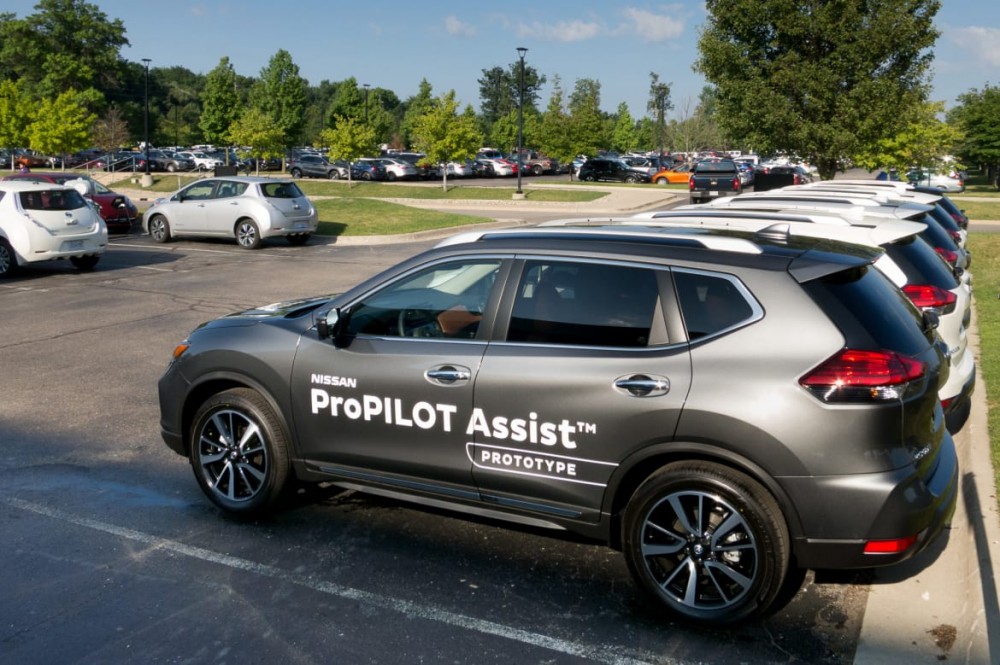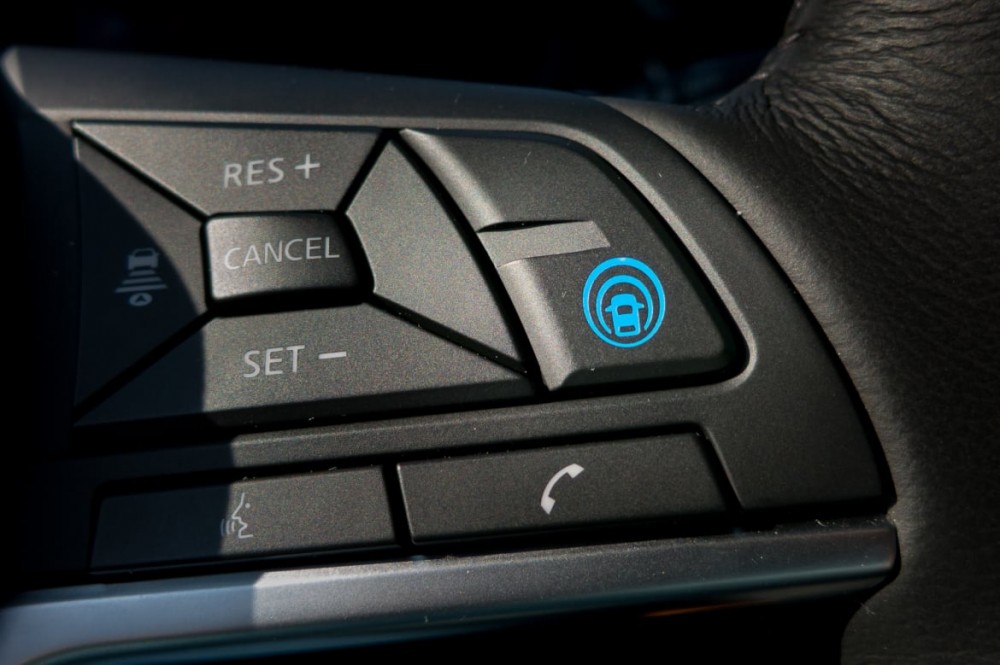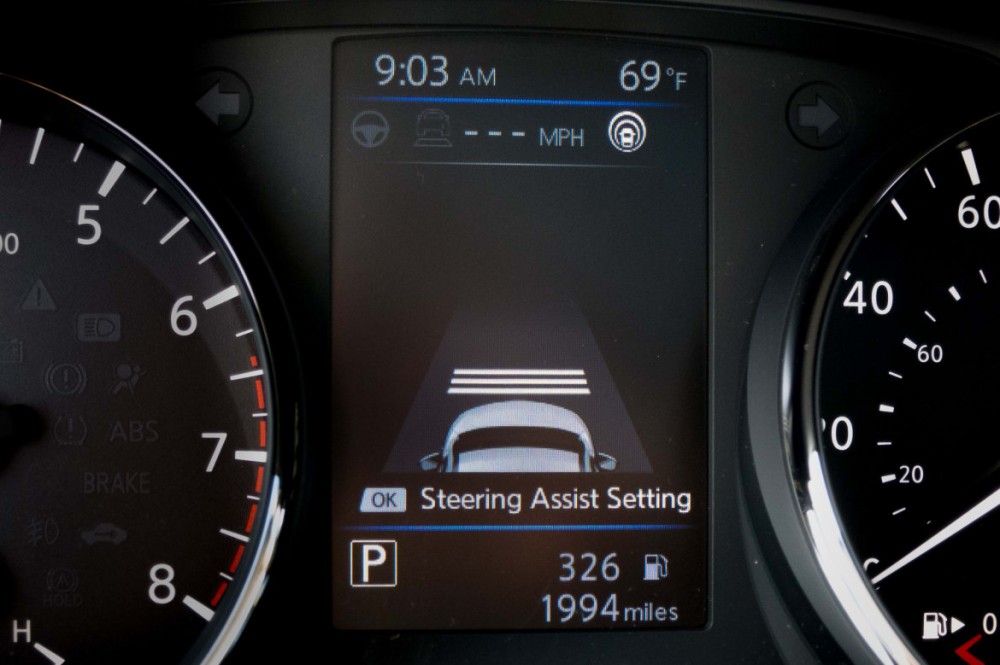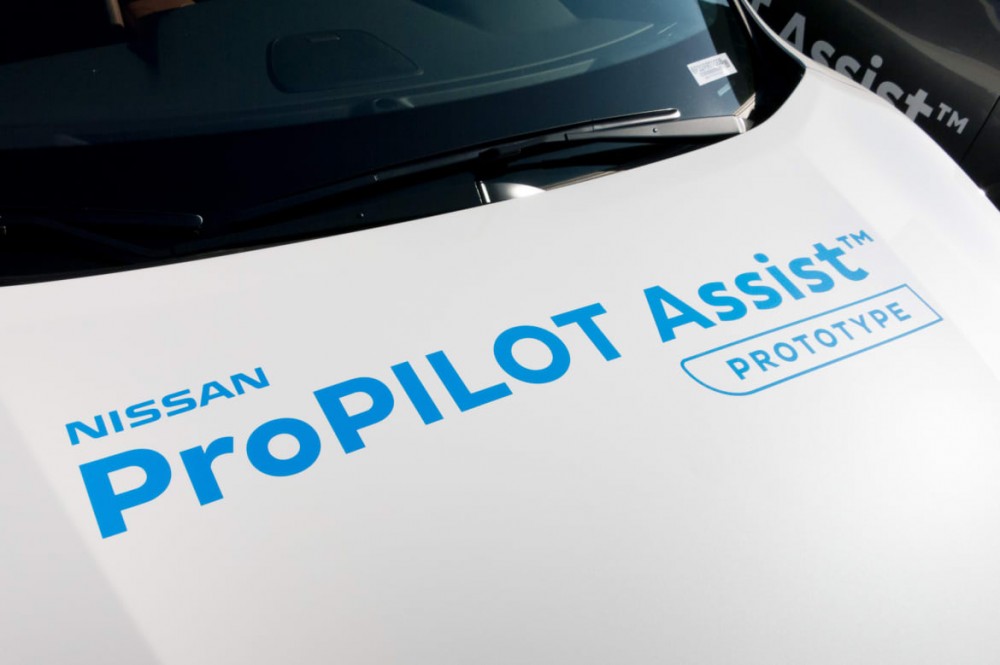CARS.COM — You've heard time and again that "the autonomous cars are coming!" in countless articles across the internet (including right here on this very website). Some automakers are closer than others, while some are still testing the waters, but just about everybody is working on a self-driving system these days with the goal of introducing it in the next five years or so.
Related: 2018 Nissan Leaf to Get Self-Driving System
Until then, everyone's taking baby steps into the autonomous-driving market, with automakers like Mercedes-Benz and Tesla offering up a kind of automatic pilot with occasional human intervention as the most advanced systems right now. Others, like Nissan, are starting to see just what it's going to take to make such systems a reality in mass-market brands.
To that end, Nissan is ushering in its new ProPilot system, a suite of sensors, controllers, actuators and systems that will slowly introduce autonomous cars to the public over the next several years. It's starting later this year with ProPilot Assist, a semi-autonomous driving system that the company demonstrated to the media earlier this week at its North American tech center in Farmington Hills, Mich. It will first appear in the new 2018 Nissan Leaf electric vehicle slated to debut in September.
Still Not 'Self-Driving'

Now, to be clear, this isn't truly an autonomous driving system — it's classified by SAE International as a Level 2 system, which means that a human being still monitors the system, still guides it and still is ultimately responsible for what the car does. But it also means that the steering, braking and acceleration are given over to the car, which will operate those mechanisms under specific driving conditions — in this case, out on the highway, where clear lane markers are present. Nissan refers to this as "driver in the loop," meaning that the person is still there and still driving the car.
Unlike systems from Mercedes-Benz or Tesla (or the upcoming Super Cruise feature from Cadillac), you cannot take your hands off the steering wheel. The car will yell at you if you do, then yell a bit louder, then actually automatically slow the car to a stop right there in the lane, with the flashers blinking to warn others. It has to detect your hand on the wheel, which it does by measuring how much torque it needs to expend in order to turn the steering wheel, thereby determining if a human is indeed conscious and present in the driver's seat.
The Way It Works

So how does it work? Quite well, really. I tested the system in a Nissan Rogue, which will likely see the ProPilot Assist system added to it sometime in the near future — and for a surprisingly reasonable price, Nissan representatives told me. The company has actively worked to streamline the process of using it: You push one special blue button on the steering wheel to activate the system, then push the "Set" button next to it to set the speed you want. This activates the automatic cruise control, which maintains distance from the car in front of you and can brake you to a stop. It also has a traffic jam assist function, which will allow you to operate without touching the pedals in stop-and-go traffic — but if you're motionless for longer than three seconds at a stop, you'll have to either push the accelerator or hit the "Resume" button on the wheel to get going again.
After a few seconds of driving, the camera mounted behind the rearview mirror will recognize lane markers on the highway, and the display in the gauges will light up green to signify that the car is now doing the steering, as well. You still have to maintain a hand on the wheel at all times, but that hand doesn't actually have to do anything — I just rested mine on the wheel and gave it no input, and the Rogue did all the steering for me. It deactivates the steering function temporarily if you use a turn signal, allowing you to change lanes without resistance.
Hands-Free Future?

The system works so well, it quickly becomes obvious that you really don't need to be there to steer — it works just fine without your input. But you do need to be present and attentive to anticipate other drivers' boneheaded moves, like someone merging onto the highway without really looking. It's also obvious that Nissan isn't quite ready to push the button on the whole hands-free thing like Mercedes, Tesla and Cadillac are, instead taking a "wait-and-see" approach to allow time for the dust to settle with regard to liability, legal issues and regulations governing such things.
But when those issues finally do clear up, Nissan plans to be ready with systems in place that only need a flip of a switch or a software update to fully activate. Its first step, ProPilot Assist, looks to be a good start.









